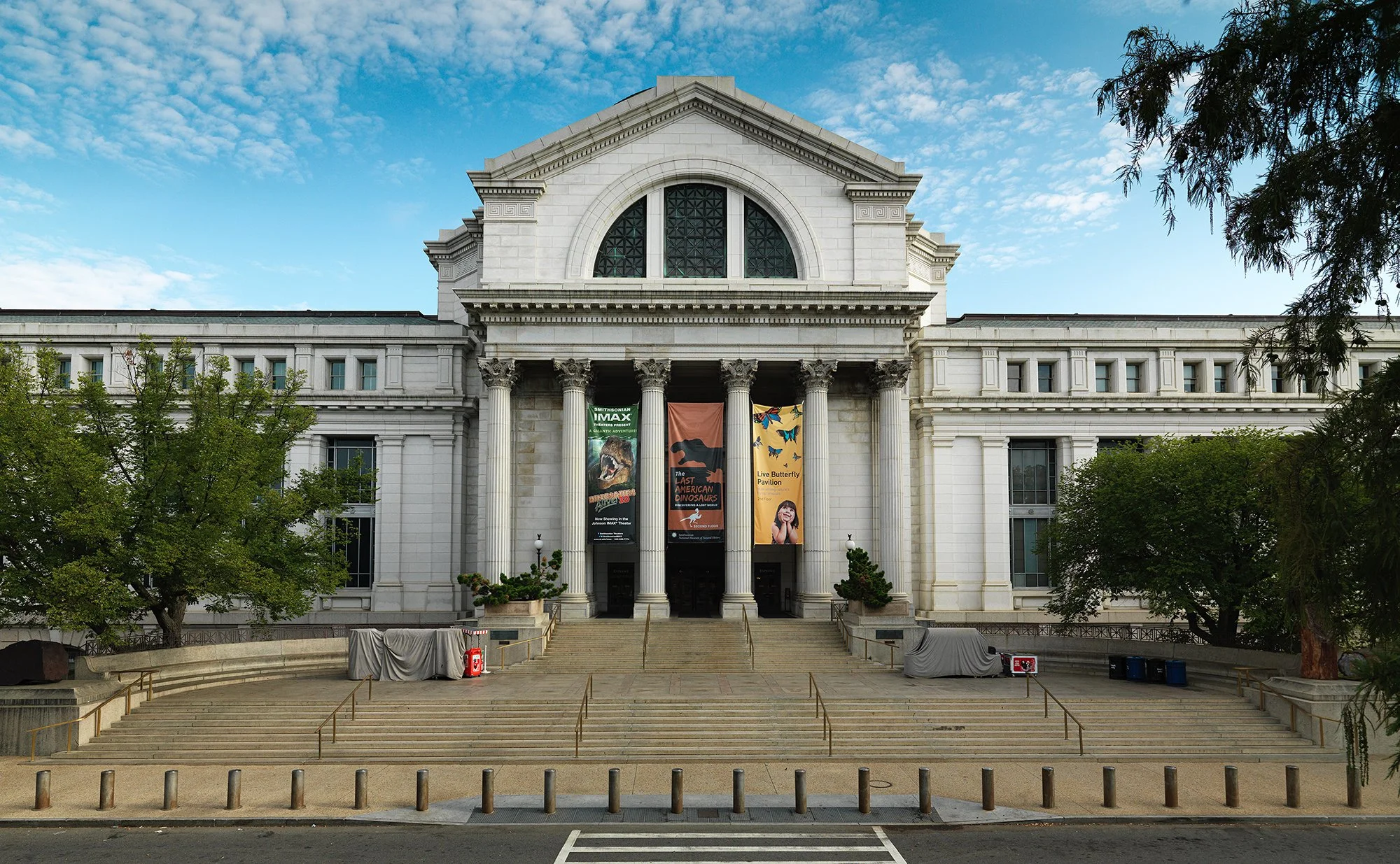Applying the Past to the Present: What is Public History?
If I asked someone to give me their description of a professional historian, I’m quite sure that many of the responses would evoke memories of tweed jackets, droning lectures and musty offices. Perhaps some would recall the tedious memorization and regurgitation of people, places, and dates, ad naseum, during their public schooling. This popular perception of the field of history and its practitioners is one that is hard to break especially as we get deeper into the modern era due to societal promotion of STEM studies over liberal arts. However, innovation thrives when paired with context, and public historians are taking aim to help drive humanity forward in an ethical and responsible way.
Public historians set themselves apart from classically trained academic historians by collaborating with the public, as well as professionals in other disciplines, to give back historical truth in an accessible and ethical way. This means transparently facilitating community conversations within the bounds of historical fact while sharing final authority with the public instead of imposing upon them the beliefs of individual historians or agencies. This may sound odd, as many likely grew up being told that there is a right and wrong answer within history. This dichotomy, while easy to digest, is patently false; history isn’t black and white but instead a mosaic of perspectives, complexities, and contradictions where the “right answer” often lies amid shades of gray.
Visit
About the Field | National Council on Public History
to learn more
“Public history describes the many and diverse ways in which history is put to work in the world. In this sense, it is history that is applied to real-world issues.”
Community Resources
History@Work | National Council on Public History - Weekly History Blog
MuseumsUSA Home Page - Site Detailing Museums and Events Near You
National Archives | Home - View and Search Documents in the National Archives
Smithsonian Museum of Natural History, Washington, D.C.
